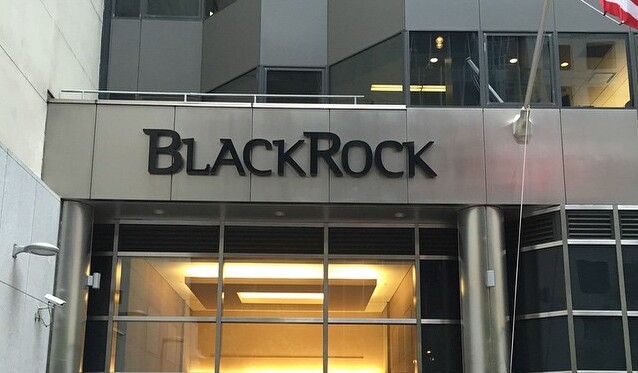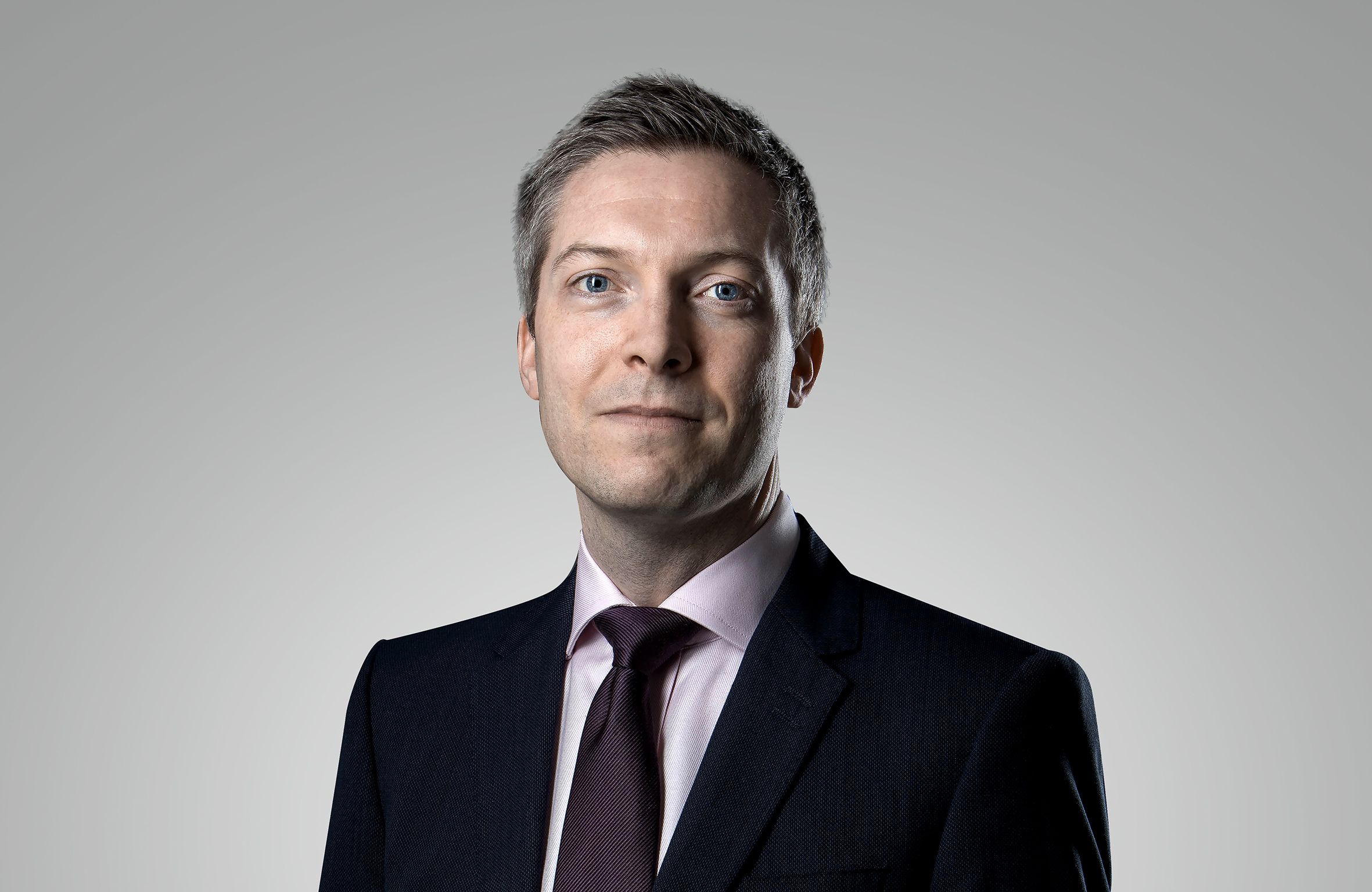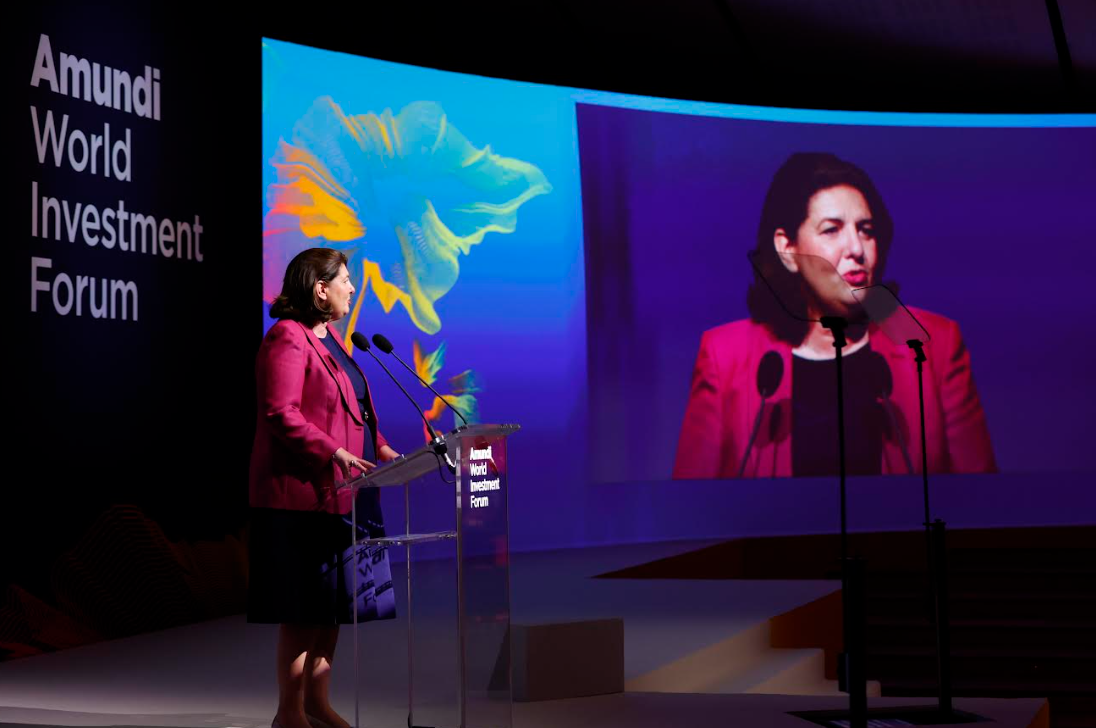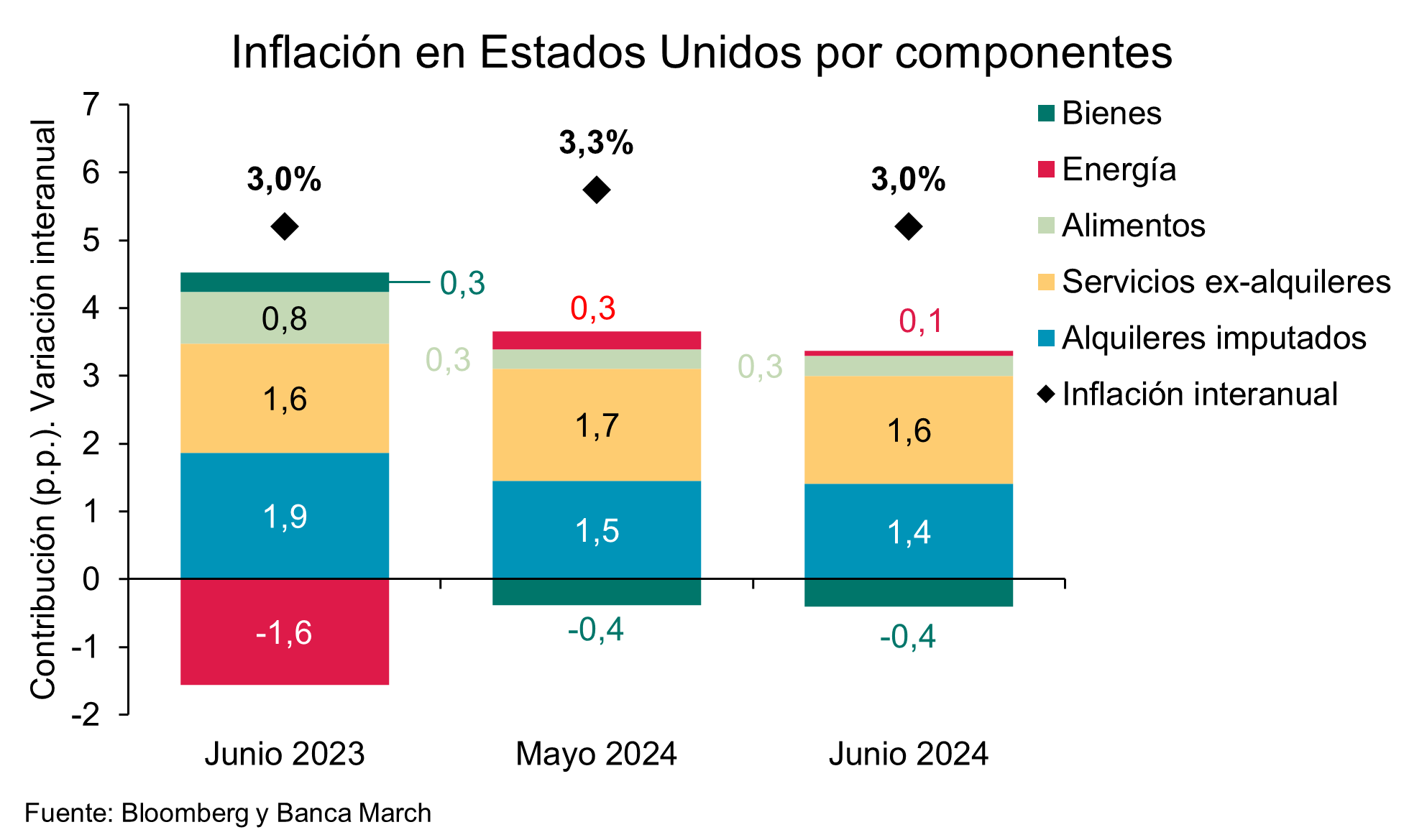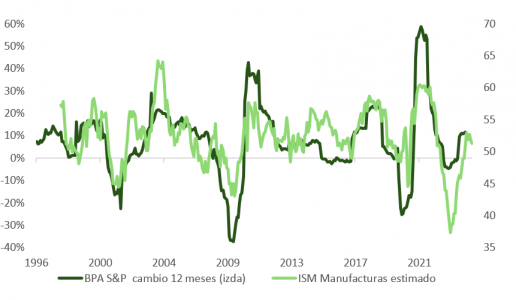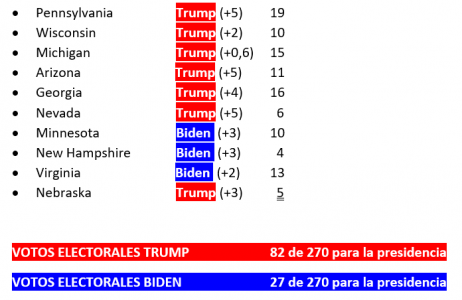The Compliance Risk for Alternative Fund Managers Is Increasing
| For Amaya Uriarte | 0 Comentarios

The level of compliance risk faced by alternative fund managers is increasing and will increase even further in the next two years, according to a new study by Ocorian and Bovill Newgate, a market leader in regulation and compliance services for funds, corporations, capital markets, and private companies. More investment is urgently needed to address the problem.
The international study among senior executives and senior compliance and risk management executives of alternative fund management firms, which collectively manage around $132.25 billion in assets under management, found that nearly nine out of ten (88%) believe the level of compliance risk their organization faces will increase over the next two years. Of these, more than one in ten (11%) believe the increase will be dramatic.
This increase in risk comes against a backdrop of under-resourced compliance teams and an already high level of fines. Of those surveyed, two-thirds (64%) say their compliance management team is already under-resourced, and more than half of them (34%) feel they are significantly under-resourced. Additionally, the number of fines and sanctions is already high: 67% of respondents admit their organization has already been subject to fines or sanctions for risk and compliance in the past two years. Another 9% admit to having received a request for information or a visit from the regulator in the past two years.
Matthew Hazell, Co-Head of Funds, UK, Guernsey, and Mauritius at Bovill Newgate, said: “Our survey shows a worrying context of fines, sanctions, and under-resourced compliance teams within alternative fund managers, against which nine out of ten respondents believe the level of compliance risk their firms face will increase further in the next two years. It is encouraging that the leaders of these firms recognize these future challenges and know they must act now to stay one step ahead.”
The Ocorian study reveals that the top three areas where alternative fund managers believe they need investment over the next 24 months to address the problem are technology (58%), systems to manage processes and procedures (57%), and hiring relevant and knowledgeable staff (53%).
Matthew added: “Companies must have a deep understanding of their own compliance and risk needs and any possible changes to these through growth or organizational change, to invest wisely in the right systems, processes, and people to protect themselves against these future risks.”
“We recommend following a three-lines-of-defense approach to protect your business: firstly, implementing solid procedures, policies, and training; secondly, thoroughly monitoring these; and finally, reviewing and questioning through independent audit,” he added.
Ocorian’s three-lines-of-defense approach to addressing risk and compliance challenges includes, firstly, creating clear and solid frontline processes and procedures, complemented by both online and in-person training programs for staff. Additionally, they call for building and enhancing a comprehensive compliance oversight function that monitors and evaluates processes and procedures, as well as advises and supports staff and senior management to meet the firm’s obligations. Thirdly, they recommend seeking the review and questioning of the companies’ AML framework through annual independent audits.




